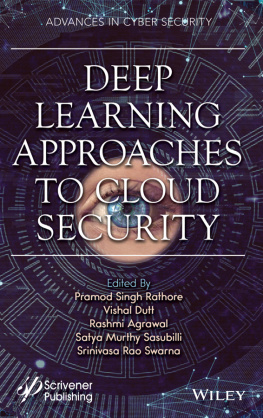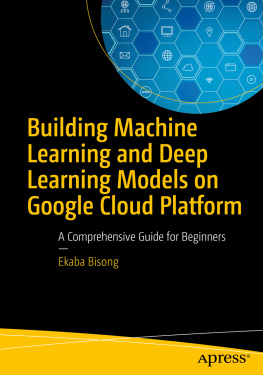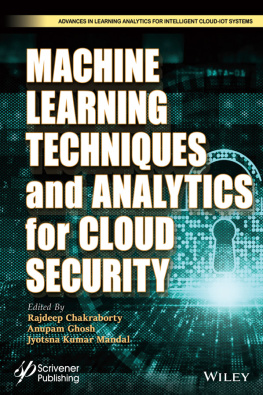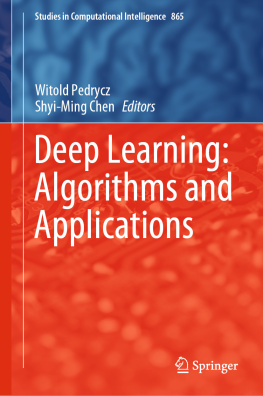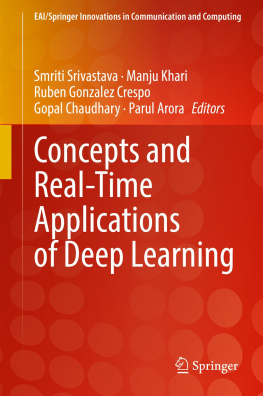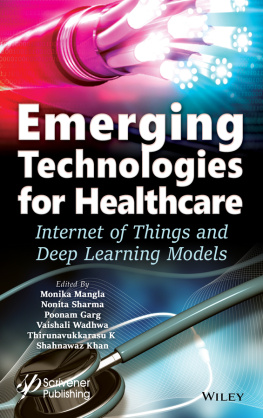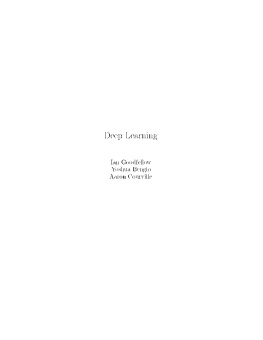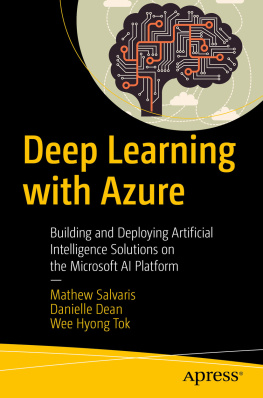Pramod Singh Rathore (editor) - Deep Learning Approaches to Cloud Security: Deep Learning Approaches for Cloud Security
Here you can read online Pramod Singh Rathore (editor) - Deep Learning Approaches to Cloud Security: Deep Learning Approaches for Cloud Security full text of the book (entire story) in english for free. Download pdf and epub, get meaning, cover and reviews about this ebook. year: 2022, publisher: Wiley-Scrivener, genre: Romance novel. Description of the work, (preface) as well as reviews are available. Best literature library LitArk.com created for fans of good reading and offers a wide selection of genres:
Romance novel
Science fiction
Adventure
Detective
Science
History
Home and family
Prose
Art
Politics
Computer
Non-fiction
Religion
Business
Children
Humor
Choose a favorite category and find really read worthwhile books. Enjoy immersion in the world of imagination, feel the emotions of the characters or learn something new for yourself, make an fascinating discovery.
- Book:Deep Learning Approaches to Cloud Security: Deep Learning Approaches for Cloud Security
- Author:
- Publisher:Wiley-Scrivener
- Genre:
- Year:2022
- Rating:4 / 5
- Favourites:Add to favourites
- Your mark:
Deep Learning Approaches to Cloud Security: Deep Learning Approaches for Cloud Security: summary, description and annotation
We offer to read an annotation, description, summary or preface (depends on what the author of the book "Deep Learning Approaches to Cloud Security: Deep Learning Approaches for Cloud Security" wrote himself). If you haven't found the necessary information about the book — write in the comments, we will try to find it.
Covering one of the most important subjects to our society today, cloud security, this editorial team delves into solutions taken from evolving deep learning approaches, solutions allowing computers to learn from experience and understand the world in terms of a hierarchy of concepts, with each concept defined through its relation to simpler concepts.
Deep learning is the fastest growing field in computer science. Deep learning algorithms and techniques are found to be useful in different areas like automatic machine translation, automatic handwriting generation, visual recognition, fraud detection, and detecting developmental delay in children. However, applying deep learning techniques or algorithms successfully in these areas needs a concerted effort, fostering integrative research between experts ranging from diverse disciplines from data science to visualization. This book provides state of the art approaches of deep learning in these areas, including areas of detection and prediction, as well as future framework development, building service systems and analytical aspects. In all these topics, deep learning approaches, such as artificial neural networks, fuzzy logic, genetic algorithms, and hybrid mechanisms are used. This book is intended for dealing with modeling and performance prediction of the efficient cloud security systems, thereby bringing a newer dimension to this rapidly evolving field.
This groundbreaking new volume presents these topics and trends of deep learning, bridging the research gap, and presenting solutions to the challenges facing the engineer or scientist every day in this area. Whether for the veteran engineer or the student, this is a must-have for any library.
Deep Learning Approaches to Cloud Security:
- Is the first volume of its kind to go in-depth on the newest trends and innovations in cloud security through the use of deep learning approaches
- Covers these important new innovations, such as AI, data mining, and other evolving computing technologies in relation to cloud security
- Is a useful reference for the veteran computer scientist or engineer working in this area or an engineer new to the area, or a student in this area
- Discusses not just the practical applications of these technologies, but also the broader concepts and theory behind how these deep learning tools are vital not just to cloud security, but society as a whole
Audience: Computer scientists, scientists and engineers working with information technology, design, network security, and manufacturing, researchers in computers, electronics, and electrical and network security, integrated domain, and data analytics, and students in these areas
Pramod Singh Rathore (editor): author's other books
Who wrote Deep Learning Approaches to Cloud Security: Deep Learning Approaches for Cloud Security? Find out the surname, the name of the author of the book and a list of all author's works by series.

